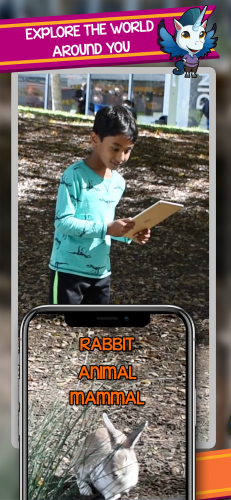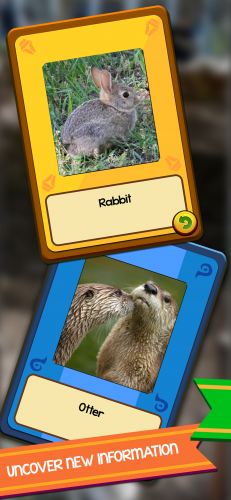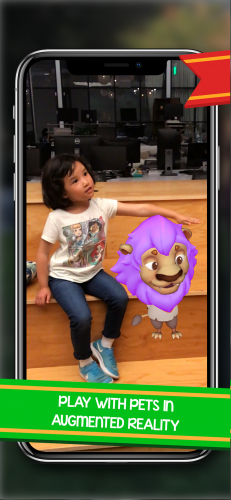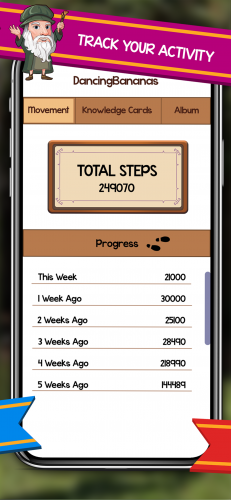Oppilaita kannustetaan kysymään ja kuuntelemaan, tekemään tarkkoja havaintoja, etsimään tietoa sekä tuottamaan ja kehittelemään yhdessä ideoita ja esittämään työnsä tuloksia.
Ajattelun kehittymistä ja oppimista tuotetaan monipuolinen liikkuminen ja motoriset harjoituksien avulla.
Työskentelyn lähtökohtana ovat oppilaiden omat kokemukset, havainnot ja kysymykset.
Ohjataan oppilaita kehittämään kuvanlukutaitoa kokeilemalla kuvallisia ilmaisutapoja sekä tarkastelemaan visuaalisen vaikuttamisen keinoja lähiympäristössä.
Oppilaille luodaan runsaasti tilaisuuksia kysyä ja ihmetellä, kertoa tarinoita, esittää näkemyksiään ja jakaa kokemuksiaan monenlaisia välineitä ja ilmaisun keinoja käyttäen.
Oppilaita ohjataan hankkimaan tietoa erilaisista lähteistä ja välittämään tietoa muille.
Koulutyössä harjoitellaan eri viestintäjärjestelmien sekä opetuskäytössä olevien yhteisöllisten palvelujen käyttöä.
Luodaan oppilaille mahdollisuuksia etsiä, kokeilla ja käyttää omaan oppimiseen ja työskentelyyn parhaiten sopivia työtapoja ja -välineitä.
Opetellaan tieto- ja viestintäteknologian keskeistä käsitteistöä.
Oppilaat saavat kokemuksia oppimista tukevien yhteisöllisten palveluiden käytöstä ja harjoittelevat käyttämään tieto- ja viestintäteknologiaa erilaisissa vuorovaikutustilanteissa.
Tieto- ja viestintäteknologian perustaitoja harjoitellaan ja opitaan käyttämään niitä opiskelun välineinä.
Tutustutaan, mihin tarkoituksiin tieto- ja viestintäteknologiaa käytetään lähiympäristössä ja mikä sen merkitys on arjessa.
Oppilaat harjoittelevat monimuotoisia tilaisuuksia oppia työskentelemään yksin ja yhdessä toisten kanssa.
Kannustaa oppilasta fyysiseen aktiivisuuteen, kokeilemaan itsenäisesti ja yhdessä uusia, erilaisia liikuntatehtäviä sekä rohkaista ilmaisemaan itseään liikunnan avulla.
Kannustaa oppilasta ihmettelemään ja kyselemään sekä käyttämään yhteisiä pohdintoja pienten tutkimusten ja muun toiminnan lähtökohtana.
Kannustaa oppilasta iloitsemaan ympäristöopin oppimisesta, omasta osaamisesta ja uusista haasteista sekä harjoittelemaan pitkäjänteistä työskentelyä.
Ohjata oppilasta kuvailemaan, vertailemaan ja luokittelemaan monipuolisesti eliöitä, elinympäristöjä, ilmiöitä, materiaaleja ja tilanteita sekä nimeämään niitä.
Ohjata oppilasta käyttämään tieto- ja viestintäteknologiaa tiedon hankkimisessa sekä havaintojen taltioimisessa ja esittämisessä.
Ohjata oppilasta tekemään havaintoja ja kokeiluja koulussa ja lähiympäristössä eri aisteja ja yksinkertaisia tutkimusvälineitä käyttäen sekä esittelemään tuloksiaan eri tavoin.
Ohjata oppilasta tutkimaan ja toimimaan sekä liikkumaan ja retkeilemään lähiympäristössään.
Ohjata oppilasta ymmärtämään yksinkertaisia kuvia, malleja ja karttoja ympäristön kuvaajina.
Tarjota oppilaalle mahdollisuuksia toteuttaa luontaista uteliaisuuttaan ja auttaa oppilasta kokemaan ympäristöopin asiat merkitykselliseksi itselleen.
Encouraging the joy of learning about environment
Encouraging the student to wonder and ask questions and using questioning as a basis for creating studies and other activities
Guide the student to explore and being active and moving independently outdoors
Guide the student to interpret simple images, models and maps
Guide the student to name, describe, compare and classify living organisms, habitats, natural phenomena, materials and situations.
Guide the students in using ICT in gathering, documenting and presenting data and knowledge.
Guiding the student in making observations and experiments in and outside of school by using their own senses and simple devices.
Provide students with the opportunity to carry out their natural curiosity and help the student to experience environmental issues relevant to themselves.








User reviews for DaVinci Club AR
You need to log in to post a review.